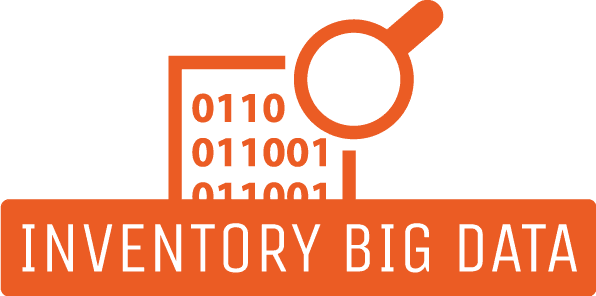Harry – Inventory Manager
The Inventory Manager is responsible for overseeing all aspects of inventory management, including purchasing, receiving, storage, and monitoring of products. They work closely with other departments to ensure that inventory levels meet business requirements and make informed decisions to optimize inventory levels. The ideal candidate will have a strong background in inventory management, excellent organizational and communication skills, and a passion for data analysis and continuous process improvement.
Description
Harry is an inventory manager. He has several tasks. His main focus remains monitoring and reporting on his company’s stock levels.
Who is Harry ?
Harry has been working as an inventory manager at a manufacturing company for several years. He is responsible for managing the company’s inventory and ensuring that there is always enough stock to meet customer demand.
However, Harry is struggling to keep up with the demands of his job. The company has recently experienced rapid growth and the volume of orders has increased significantly. Harry is struggling to keep track of the inventory and is frequently running out of stock, which is causing delays and frustrating customers.
One day, the company announces that it will be implementing a new inventory management system. Harry is hesitant about the change, as he is used to the old system and is not very comfortable with technology. However, he decides to give the new system a chance and begins learning about it.
To Harry’s surprise, the new system is much easier to use and helps him keep track of the inventory more accurately. With the new system in place, Harry is able to meet customer demand more effectively and the company’s operations run more smoothly.
As a result of his hard work and dedication, Harry is recognized by his superiors and praised for his contributions to the company. He becomes more confident in his role and is able to take on additional responsibilities, furthering his career within the organization.
Additional information
| Human Ressource |
|---|






